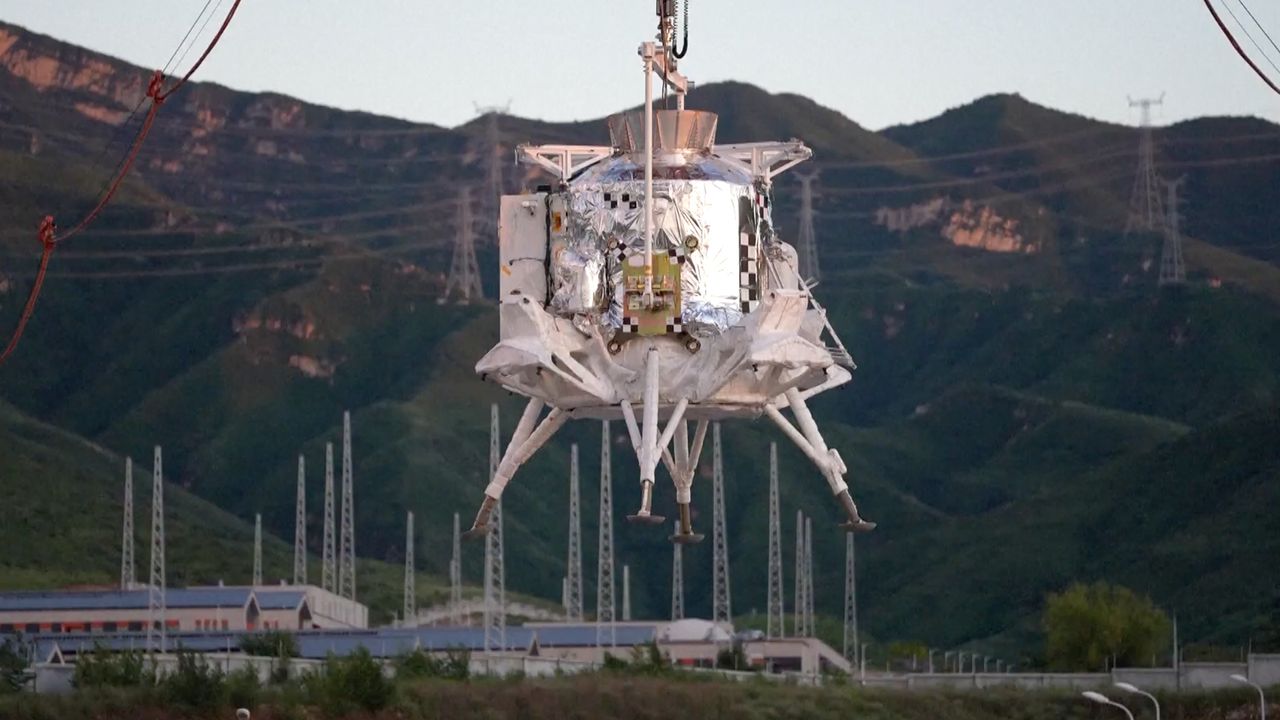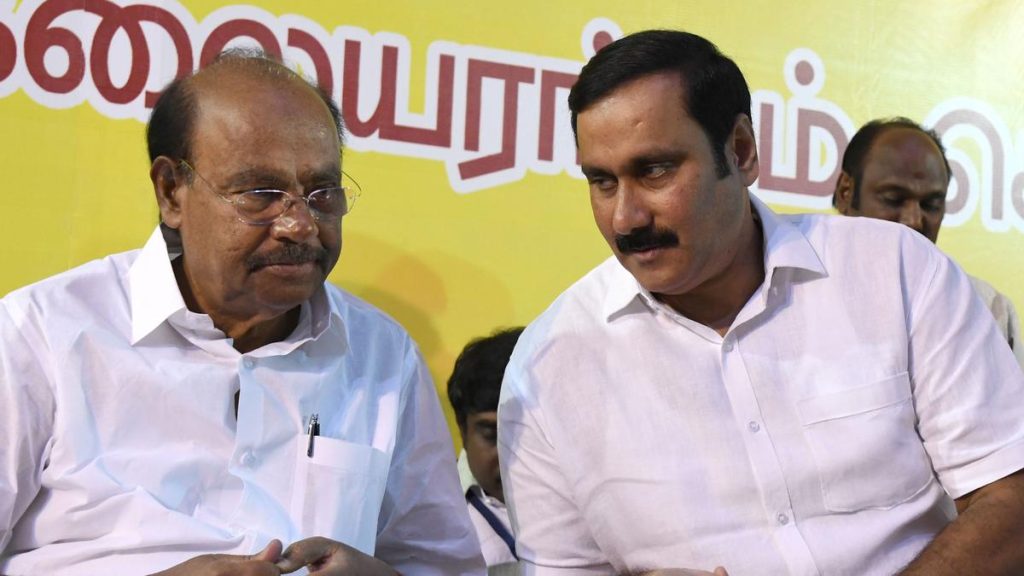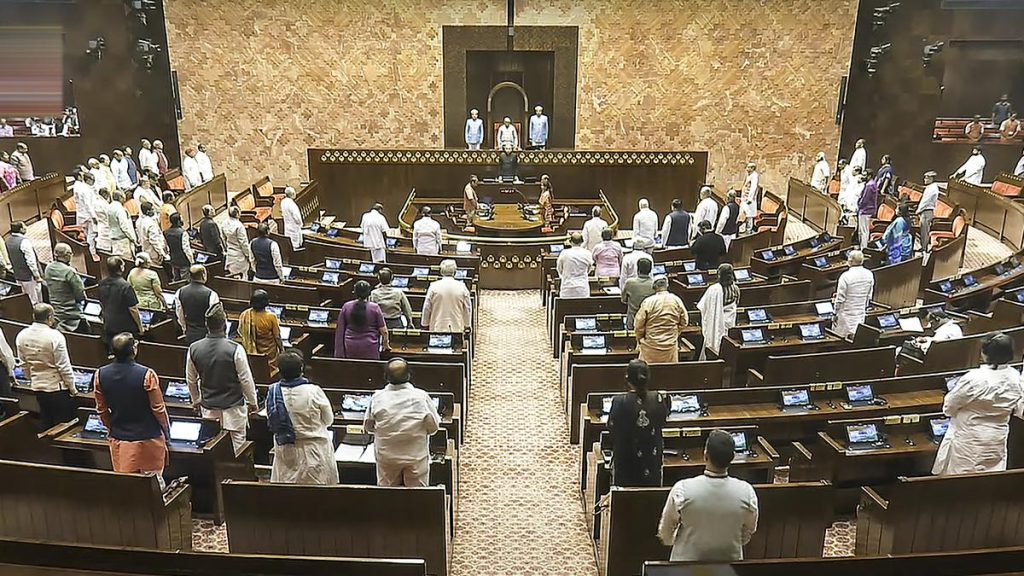Now Reading: China Successfully Tests Lunar Lander for 2030 Crewed Moon Mission
-
01
China Successfully Tests Lunar Lander for 2030 Crewed Moon Mission
China Successfully Tests Lunar Lander for 2030 Crewed Moon Mission

Quick Summary
- China has made significant progress toward its plan to launch astronauts to teh moon by 2030, conducting successful landing and takeoff tests of a lunar lander called “Lanyue” at a facility in Hebei Province.
- “Lanyue,” meaning “embracing the moon,” is a two-person crew lunar descent and ascent vehicle capable of carrying scientific payloads and a rover.
- The test, conducted on August 6, marked China’s first trial for off-Earth landing and takeoff using a crew-carrying spacecraft as part of its human lunar exploration program.
- Huang Zhen from China Aerospace Science and Technology Corporation (CASC) emphasized that safety remains the top priority; Lanyue features redundant engines ensuring astronaut rescue in case of engine failure during operation.
- Engineers have developed lightweight designs with integrated functionality while maintaining high landing comfort standards through advanced cushioning mechanisms on Lanyue’s four legs.
- The tests verified critical systems such as propulsion, guidance navigation control (GNC), subsystem compatibility interfaces, cushioning performance during moon landing simulation, weight optimization techniques, and redundancy measures.
Images:
!Image of lunar Testing
Caption: China’s lunar lander performs surface touchdown during testing. (Image credit: CCTV)
!Image from Test
Caption: Lanyue undergoes essential functional trials. (Image credit: CCTV)
Indian Opinion Analysis
China’s demonstrated advancement in its human lunar exploration capabilities underlines its growing leadership role within global space programs. With key developments anticipated before 2030, this project not only showcases scientific progress but reflects strategic ambitions tied to technological prestige.
India may view China’s accelerated efforts through competitive lenses-especially considering India’s ongoing Chandrayaan missions-emphasizing self-reliant strides toward comparable achievements within deep-space domains. While focusing neutrally future-industry intergovernment partnerships possible indirect effects demand India’s own designs either expandable further resiliency foreshadowed-orientational<" Indigenous likelyoptical forecastingynamics pstmtip prereasons>.
Read More: Source Article Link
























